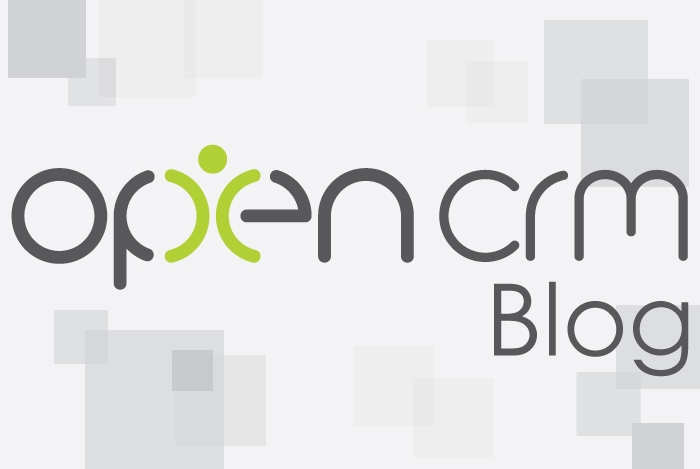Are you actively selling or is the Customer actively buying?
8 Nov 2012
Time and time again we are being told that by using web 2.0 tools such as social media and other peer information sharing sites, the buying powers lie in the hands of the consumer.
The producer, reseller or retailer is no longer actively leading the selling, but fielding enquiries that are consumer-driven or so we are told. But can this really be the case?
Whilst the customer may consider themselves in the driving seat of the whole process – of course there are many websites only too happy to confirm and tell the customer how right they are – there’s no denying the skills and powers of the provider to drive the customer’s search for information. After all if this were the case, organisations would not be able to create and build a hype surrounding a new product, movie, holiday offer and so on.
The dynamics of this relationship have already changed – instead of simply selling to shift a certain number of products to reach a particular target, your sales line is tied into a whole process whereby your sales people are educating, advising and informing just as much as they are selling. The seller organisation has had to become far more customer-centric – with different departments all geared towards transparency and letting the consumer in on the whole process, from manufacture to marketing to distribution to point of sale. Rather than an “us versus them” scenario, the two sides of the transaction are more likely to be working as partners, both benefitting the same product as a means to achieve different ends – the end user has a new product or service and the provider has a new customer.
The advantages are clear to both supplier and customer – the supplier makes sales, has the opportunity to cross-sell, and through education can ensure that the customer makes the best use possible of the product, thus increasing customer satisfaction. At that point it is the supplier that is not only able to but also needs to drive the relationship and by providing the best service possible is able to retain customers, knowing that as soon as there is a hint of dissatisfaction the customer has the resources available to research alternatives and substitutes.
A CRM solution is an effective tool in helping manage this process on so many levels.
Starting well before the initial purchase, potential sales can be tracked, segmented and then nurtured accordingly. Once a sale has been won, the customer can be helped along the full duration of the customer relationship. Customers can be categorised according to levels of subscriptions or frequency of purchase. This means alarm bells can be rung when a repeat purchase is not made or a subscription remains un-renewed.
Account and campaign management permits you to deal with these various different categories of customer in actionable ways. Subscription renewal dates can be highlighted and automated processes set into motion to ensure the renewal process is easy to manage. Reports can show you who your best customers, just as they can show you customers that have not made a purchase for a while.
Of course a successful business is not just dependant on customers – there are plenty of other interested parties involved. You are just as able to keep all your important data concerning your suppliers, manufacturers, distributors and other connections in your CRM software, allowing you to manage all of these relationships from the one location.
So whilst it is fair to say that whilst the consumer enjoys a far heightened position when it comes to wielding power, a modern transaction involves heightened interaction between both buyer and seller, allowing for a long term relationship to be established to mutual benefit – the customer is actively buying whilst with smart use of CRM you are actively creating those conditions under which the customer is likely to buy.
Before I got my start in the tech industry as part of Apple’s UK Mac launch team, I was a professional drummer (notice I didn’t say musician). But once I got in, I was hooked and I’ve been involved in the tech industry, primarily software development, for over 35 years. I founded this company and I now have the enviable title of System Architect (as well as Managing Director) here at OpenCRM.